IRF’s 2023 Rhino Research Funding
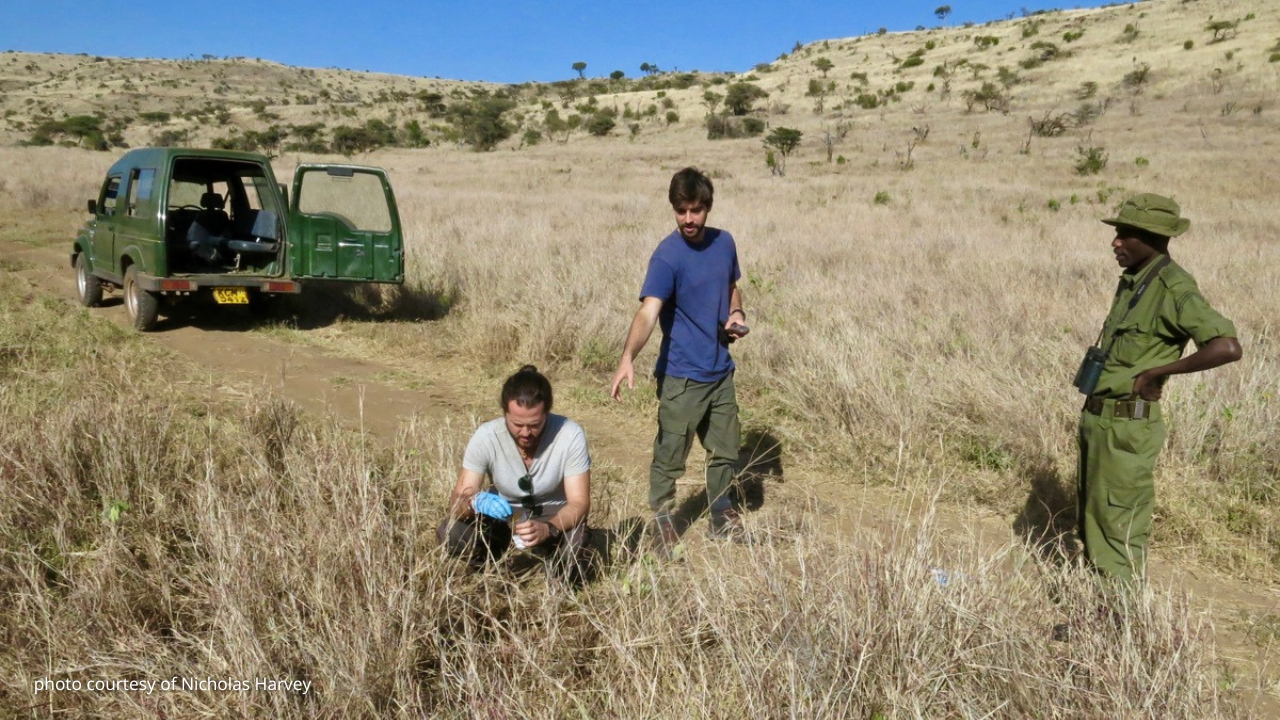
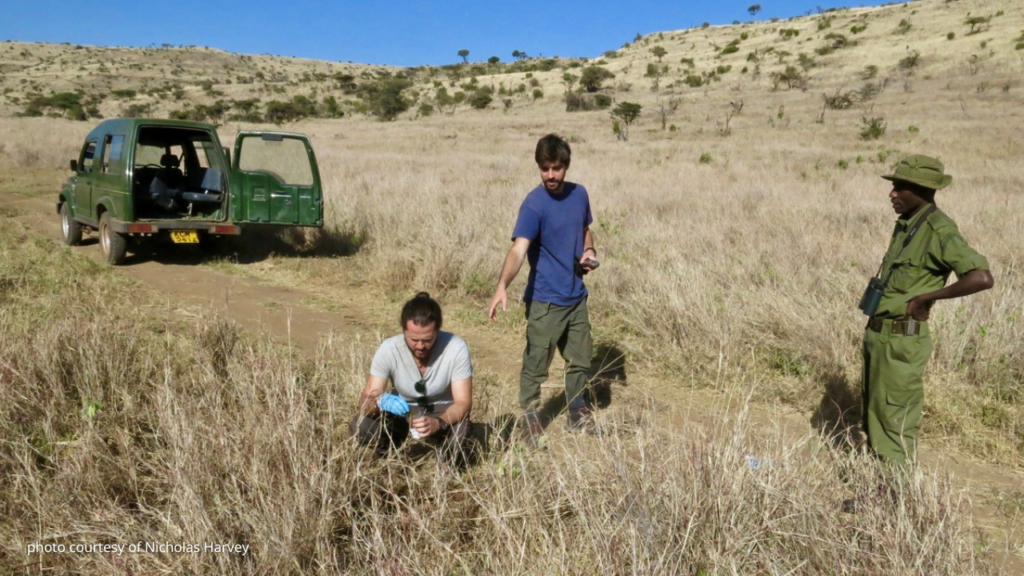
Undertaking both applied and basic research on wild rhino populations, as well as those in captive breeding programs, is an essential aspect of rhino conservation. The International Rhino Foundation (IRF), the only organization to provide funding strictly for rhino research, is pleased to announce that our 2023 research grant program will distribute nearly $300,000 to fund nine worthy rhino studies. These grants target key areas that address some of the greatest challenges those working to conserve rhinos face in maintaining healthy, self-sustaining populations that will survive well into the future. Below is a summary of this year’s grants, broken down by research area.
Methods to improve rhino population monitoring and/or tracking (one grant)
Project Title: Further developing rhino horn pods for improved cost-effective monitoring and research of dehorned rhinos in the Munyawana Conservancy.
Location: KwaZulu-Natal, South Africa
Collaborating Organizations: University of Neuchatel, Munyawana Conservancy
A critical component of rhino protection is monitoring. As Raoul du Toit, IRF’s Senior Advisor for Africa Programs says, “You can’t save it if you don’t know what you have.” There are various methods of monitoring rhino populations, but the use of tracking devices that are implanted directly into rhinos’ horns is being piloted at several sites, and shows great promise. However, for rhino populations that have been dehorned for security purposes, there is no horn in which to implant a tracking device. IRF is funding a project that will test and compare two prototypes of durable pods that house a GPS tracking device, and which are glued to the rhinos’ horn base.

Determination of the conservation value of different rhino populations (three grants)
Project Title: Genetic diversity in southern white rhino (SWR) from the Munyawana Conservancy, and optimal composition of founder populations established from this resource.
Location: KwaZulu-Natal, South Africa
Collaborating Organizations: Munyawana Conservancy, University of the Free State
Private reserves are increasingly becoming the stronghold for rhino populations, but most of these smaller protected landscapes do not have the massive carrying capacity of state or provincial reserves such as Kruger National Park. As such, these smaller populations are more prone to inbreeding risks. This study will assess the genetic diversity of a white rhino population in the Munyawana Conservancy, which has been a source population of 182 animals for translocation across Southern and East Africa. Examining the genetic diversity of this population will ensure that loss of diversity does not occur and that the right mix of animals is chosen for re-introductions and augmentations.
Project Title: Examination Of Parentage Among Black Rhinoceros To Inform Future Management Within Zimbabwe.
Location: Raleigh, North Carolina
Collaborating Organizations: North Carolina Museum of Natural Sciences, Lowveld Rhino Trust
This project will generate genetic profiles for black rhinos collected over the past twenty years. Specifically, researchers will reconstruct familial relationships to better understand reproductive success among male black rhinos in populations where dehorning and translocations occurred for conservation. It is unknown if dehorning or translocations have impacted mating patterns in black rhinos, and reconstructing familial relationships can provide information on reproductive success in males. Black rhinos have low genetic diversity, which means researchers need many genetic markers to ensure accuracy in estimated familial relationships. This project seeks to understand how many of these genetic markers are required to determine parentage, especially in situations where DNA is degraded from age or environmental conditions. Determining parentage (i.e. the reconstruction of familial relationships through genetic analysis) will provide critical information about the reproductive success of male black rhinos and help examine management practices and understand population dynamics of black rhinos over time. The findings from this project will inform conservation management decisions for ongoing meta-population management of the Lowveld rhino populations and will be applicable to rhino breeding programs elsewhere in Africa.
Project Title: Applied conservation research for metapopulation management approaches of the critically endangered black rhino (Diceros bicornis minor) in South Africa.
Location: South Africa
Collaborating Organizations: University of Pretoria, World Wildlife Fund South Africa
While black rhino populations have doubled since the 1990s, the species remains critically endangered and requires careful protection and management measures. This project will perform a meta-analysis on the existing detailed long-term data from the fourteen Black Rhino Range Expansion Project (BRREP) sites in South Africa and one site in Malawi to understand population performance and its drivers at an individual site and metapopulation level. The research will develop an understanding of the current population and subsequently the meta-population dynamics of the BRREP sites to determine to what extent these populations align with metapopulation criteria and the factors influencing this. The research will also enable a review of the efficacy of interventions to improve management practices and will be used to inform best-practice metapopulation management strategies for the continued conservation success of this critically endangered species.
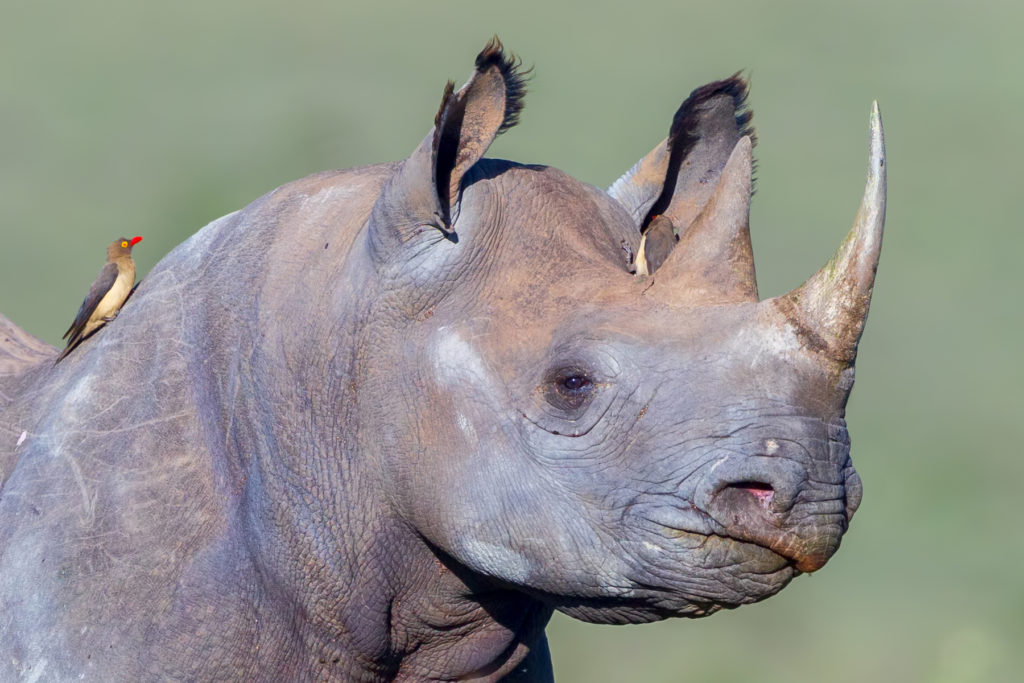
Investigation of critical factors affecting health, well-being and reproduction ex situ (two grants)
Project title: Proteome and Methylome Analyses of Peripheral Blood Mononuclear Cells for Assessing Immune Health in the Critically Endangered Black Rhinoceros (Diceros bicornis).
Location: Front Royal, Virginia
Collaborating Organizations: Smithsonian’s National Zoo and Conservation Biology Institute, George Mason University, Georgetown University, Smithsonian – Mason School of Conservation, Stellenbosch University
Many captive black rhinos have health issues that resemble chronic systemic inflammation, but little is known about black rhinos’ immune systems. By examining proteins in rhinos’ immune cells, this project will generate new information on black rhino immune function and describe differences in cellular function between captive (ex situ) and wild (in situ) rhinos in order to understand their ability to resist the disease process.
Project Title: Investigating the Genetic Profile of Captive Sumatran Rhino in Sumatran Rhino Sanctuary in Way Kambas generated by Whole Mitochondrion Sequencing to Support National Breeding Program and In-Situ Management.
Location: Sumatra, Indonesia
Collaborating Organizations: Yayasan Badak Indonesia (YABI), IPB University
With fewer than 80 Sumatran rhinos remaining, captive breeding is now a core component of the species’ survival. The Sumatran Rhino Sanctuary (SRS) is home to eight Sumatran rhinos, with efforts underway to capture wild rhinos and incorporate them into the breeding program. This project will develop a genetic profile of each individual as a first step to understanding relatedness, and therefore best captive breeding recommendations.
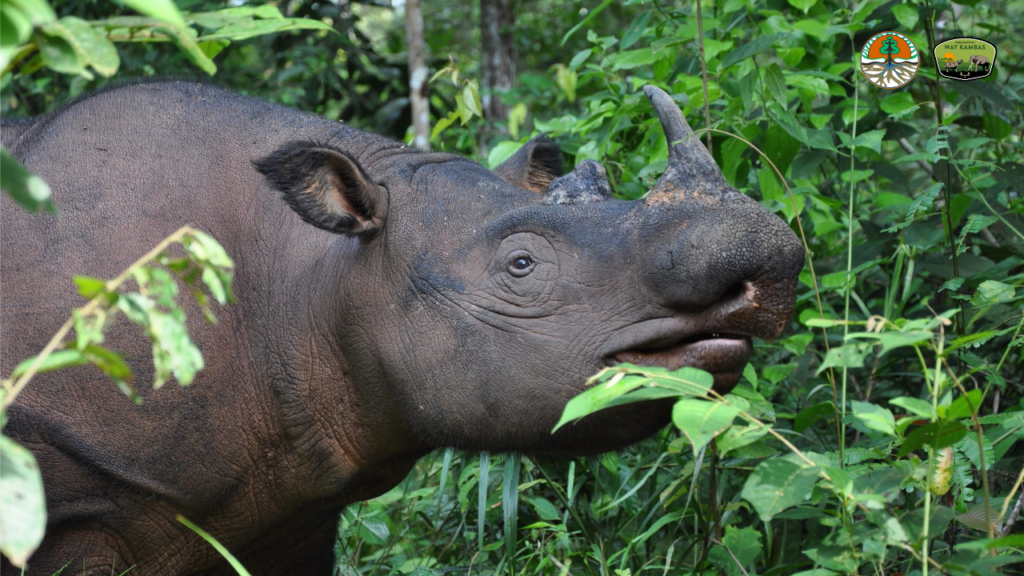
Development of standardized and consistent reporting mechanisms and methodologies for confirming Sumatran and Javan rhino species population sizes and their dynamics (one grant)
Project Title: Investigating the Genetic Profile of Javan Rhino Population in Ujung Kulon National Park.
Location: Java, Indonesia
Collaborating Organizations: Aliansi Lestari Rimba Terpadu (ALeRT), Biodiversiti Indonesia Forum (BIOINFO)
The current population of Javan rhinos, all of whom live in one national park, is less than 76 individuals. This project will examine the genetic variability (high or low heterozygosity) using mitochondrial DNA, microsatellite, and molecular sexing within this population as well as look at the variation between groups of rhinos living in the same protected area. By understanding the genetic variability in the current population of Javan rhinos, conservationists can develop a population management strategy to improve genetic quality, allowing the species to adapt to future environmental changes and avoid inbreeding.
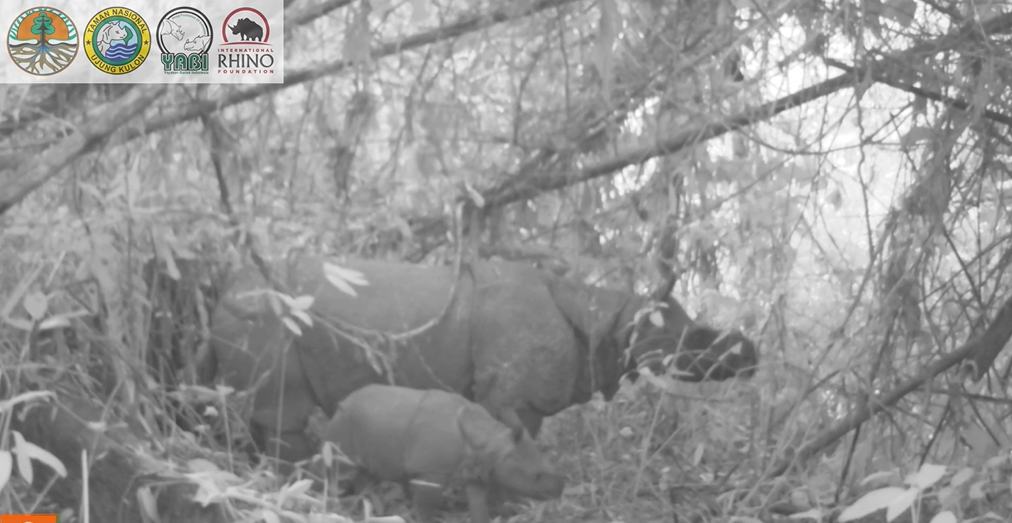
Technical assessments to inform metapopulation management (two grants)
Project Title: Strengthening management for the world’s largest meta-population of black rhinos
Location: Namibia
Collaborating Organizations: Minnesota Zoo, Namibia’s Ministry of Environment, Forestry and Tourism, International Union for the Conservation of Nature’s Conservation Planning Specialist Group, Ongava Game Reserve
Namibia sustains more than a third of the global population of critically-endangered black rhino. The country is committed to range expansion for black rhinos to maximize population growth rates through biological management. Recent evidence suggests that several sub-populations are beginning to show signs of depressed growth rates. To counteract this potential challenge, this project seeks to build and evaluate black rhino population models to estimate scenarios for optimal biological management that minimize impacts on source populations. Researchers will use a population viability analysis to explore Namibia’s black rhino meta-population dynamics to evaluate a suite of potential real-world management scenarios. By closely examining the underlying demographic dynamics, conservationists can ensure impending biological management decisions are made with the best available data.
Project Title: Establishing an individual genetic value for black and white rhinoceros from existing genotyping data to support the genetic management of in situ populations.
Location: South Africa
Collaborating organizations: University of Pretoria
This project will use available genetic profile and demographic information of individual rhinoceros from the Rhino DNA Indexing System (RhODIS) database to develop a simple and cost-effective method to calculate the genetic value of each animal and to calculate the genetic value of in situ rhinoceros populations. This study will also look at the RhODIS data to determine the relatedness of animals in each population. Understanding the value of individual animals and their relatedness will help guide management and translocation decisions to ensure future populations have maximized genetic variability and genetic health.
IRF extends our thanks to all of the researchers who submitted proposals, and congratulations to the new grantees! These projects are only possible because of donations to IRF made by supporters like you.
If you would like to make a contribution to protect rhinos, please visit our donation page here.
